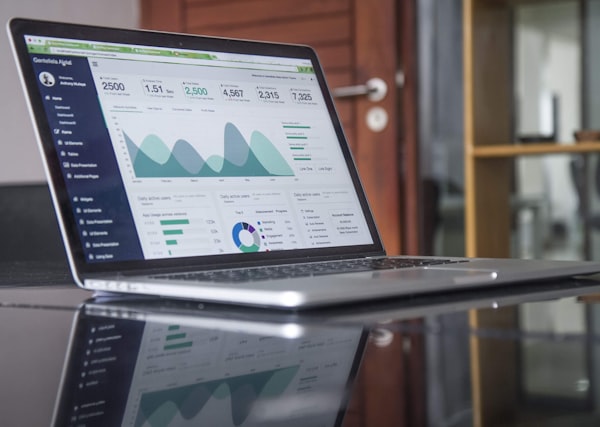As a dedicated triathlon coach, I firmly believe that in today's age, optimal training isn't just about pushing physical boundaries. It's about intelligently merging human effort with technology. Metrics like power, pace, and heart rate (HR) aren't just numbers; they're essential tools in crafting the ideal training regimen for every athlete. Here's a glimpse into how I utilise these modern marvels to fine-tune training for my triathletes.
Understanding the Basics
Before delving into the intricacies, it's pivotal to understand the metrics:
- Power: This metric, mainly for cycling, measures the force an athlete applies. It's a direct indicator of performance, often measured in watts.
- Pace: Commonly used in running and swimming, it indicates the speed of completion, such as minutes per mile or per 100 meters.
- Heart Rate (HR): Perhaps the most personal metric, HR monitors the beats per minute, indicating how hard the heart is working.
Using TrainingPeaks for Holistic Analysis
TrainingPeaks is a gold standard in data-driven triathlon training. Its platform allows me to:
- Map Out Workouts: I craft detailed training plans, which can be easily accessed by my athletes.
- Analyse Post-workout Data: After a workout, I scrutinise data uploaded by the athlete to assess their performance.
- Tweak Future Training: Using accumulated data, I can adjust future workouts to ensure continuous improvement and avoid overtraining.
Periodic Assessments Using Data
Every 4-6 weeks, I conduct a detailed assessment of the accumulated data. It helps in:
- Spotting Trends: Recognising if an athlete consistently underperforms in one discipline can help pinpoint areas for focused training.
- Checking for Overtraining: Continually high heart rates, even during easy sessions, can indicate fatigue or overtraining.
Real-time Adjustments
With the aid of wearable tech like HR monitors and power meters:
- Immediate Feedback: During training sessions, live data helps me adjust the intensity or length of workouts in real time.
- Personalised Zones: By determining an athlete's HR zones, power thresholds, and optimal paces, I can tailor workouts specifically for them.
Technology for Recovery
Recovery is as crucial as training. Wearables nowadays can measure:
- Sleep Quality: Ensuring athletes get enough restorative sleep.
- HR Variability (HRV): A high HRV indicates good recovery, while a low one might signal fatigue. This helps in determining the intensity of the next training session.
Emphasising Athlete Education
While I guide and analyse, I also believe in empowering my athletes. I ensure they understand the metrics, their significance, and how they can independently use them to inform their training.
Final Words
Incorporating technology and data into triathlon training has revolutionised the way we approach preparation. As a coach, it has enabled me to craft highly personalised training plans, ensuring that each athlete I work with is primed for peak performance. But always remember, while data is invaluable, the human element—understanding individual athlete needs, aspirations, and concerns—remains irreplaceable.
